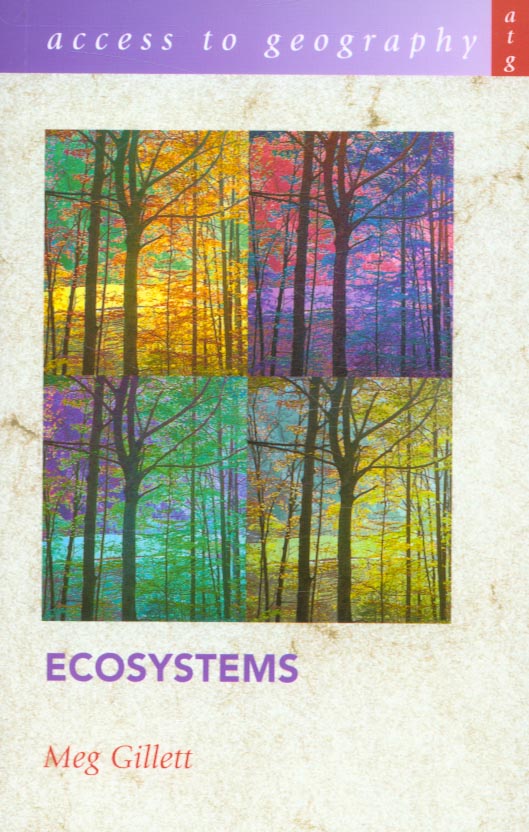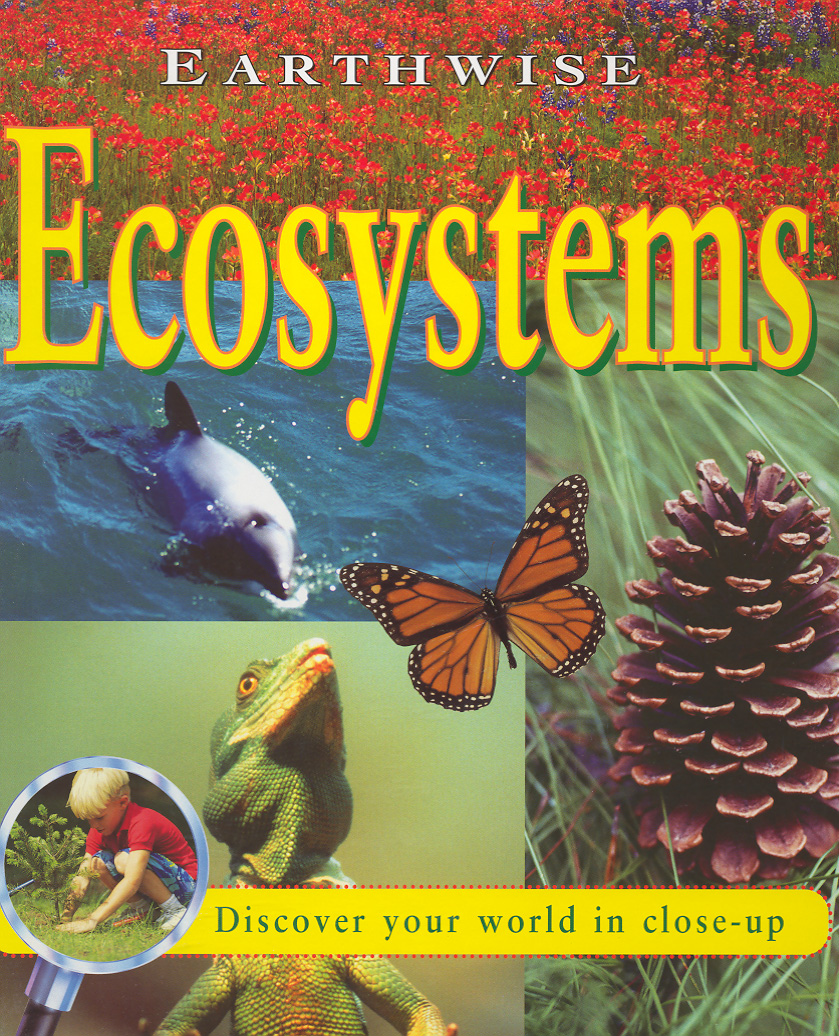Filters
Clear allSubject
Age range
Type
- Activity sheet (15) Apply Activity sheet filter
- Information sheet (3) Apply Information sheet filter
- Presentation (5) Apply Presentation filter
- Quiz (1) Apply Quiz filter
- Research (1) Apply Research filter
- Teacher guidance (14) Apply Teacher guidance filter
- Video (1) Apply Video filter
- (-) Remove Include Physical Resources filter Include Physical Resources
Showing results for "Ecosystems and interdependence"
Showing 34 results
This item is one of over 25,000 physical resources available from the Resources Collection. The Archive Collection covers over 50 years of curriculum development in the STEM subjects. The Contemporary Collection includes all the latest publications from UK educational publishers.

'Access to geography: ecosystems' can be used at AS and A2 level on all the major specifications.
The book covers:
- An introduction to a systems approach and ecosystems
- Biomes and climates...

Supporting the National Curriculum, each book in this series encourages readers aged between seven and ten to observe and record their environment. This title looks at the living things around us, how they work with...

This series explains how the diversity of life on Earth has developed through gradual processes of change occurring over millions of years. This book focuses on environmental change, both natural and caused by humans...
These activities, produced by the Charles Darwin Trust, help children to understand how living things interact and influence each other. Children make observations of living things in their habitat and consider how their life cycles are interdependent.
These activities encourage children to:
*...
This item is one of over 25,000 physical resources available from the Resources Collection. The Archive Collection covers over 50 years of curriculum development in the STEM subjects. The Contemporary Collection includes all the latest publications from UK educational publishers.
This item is one of over 25,000 physical resources available from the Resources Collection. The Archive Collection covers over 50 years of curriculum development in the STEM subjects. The Contemporary Collection includes the latest publications from UK educational publishers.

Teacher's Notes provide background topic information, photocopiable task sheets, a means of gauging pupil progress and guidance for using ICT.
This CLIS report was intended to provide a longer term perspective on changes taking place in students’ understanding over the compulsory school years. The aim of the study was to inform teachers and curriculum designers about the ideas that students bring to and...
From the Charles Darwin Trust, these materials help children to understand about life cycles, food chains, interdependence and adaptation. Children look at the growth of cabbages and the life cycles of two insects, the cabbage white butterfly and the Ichneumon wasp. Children see how these life cycles are...
The Ugly Animal campaign was organised by the Ugly Animal Preservation Trust with support from the British Science Association to highlight the fact that all animals - not just the cute and pretty ones - need preservation and support. There have been many campaigns to raise awareness of the needs of endangered...
This item is one of over 25,000 physical resources available from the Resources Collection. The Archive Collection covers over 50 years of curriculum development in the STEM subjects. The Contemporary Collection includes all the latest publications from UK educational publishers.
This resource, produced by ARKive, is designed to teach key stage two children about food chains, food webs and interdependence in different habitats around the world. A presentation using high quality images introduces the structure of simple food chains, food webs and how different organisms within ecosystems...
Published by the ARKive Project, this fun and interactive game explores food chains in a marine environment, predator-prey relationships and the fine balance of an ecosystem. The resources include teachers notes and students activity sheets.
Please note that the ARKive.org website is no longer available...
This resource is suitable for use when teaching habitats, plant and animals in the local environment and interdependence and adaptation. There are detailed notes on how to make a bug spy pot to observe any animals closely for a short time. Also included are a workbook, field guide, invertebrate guide and group...
